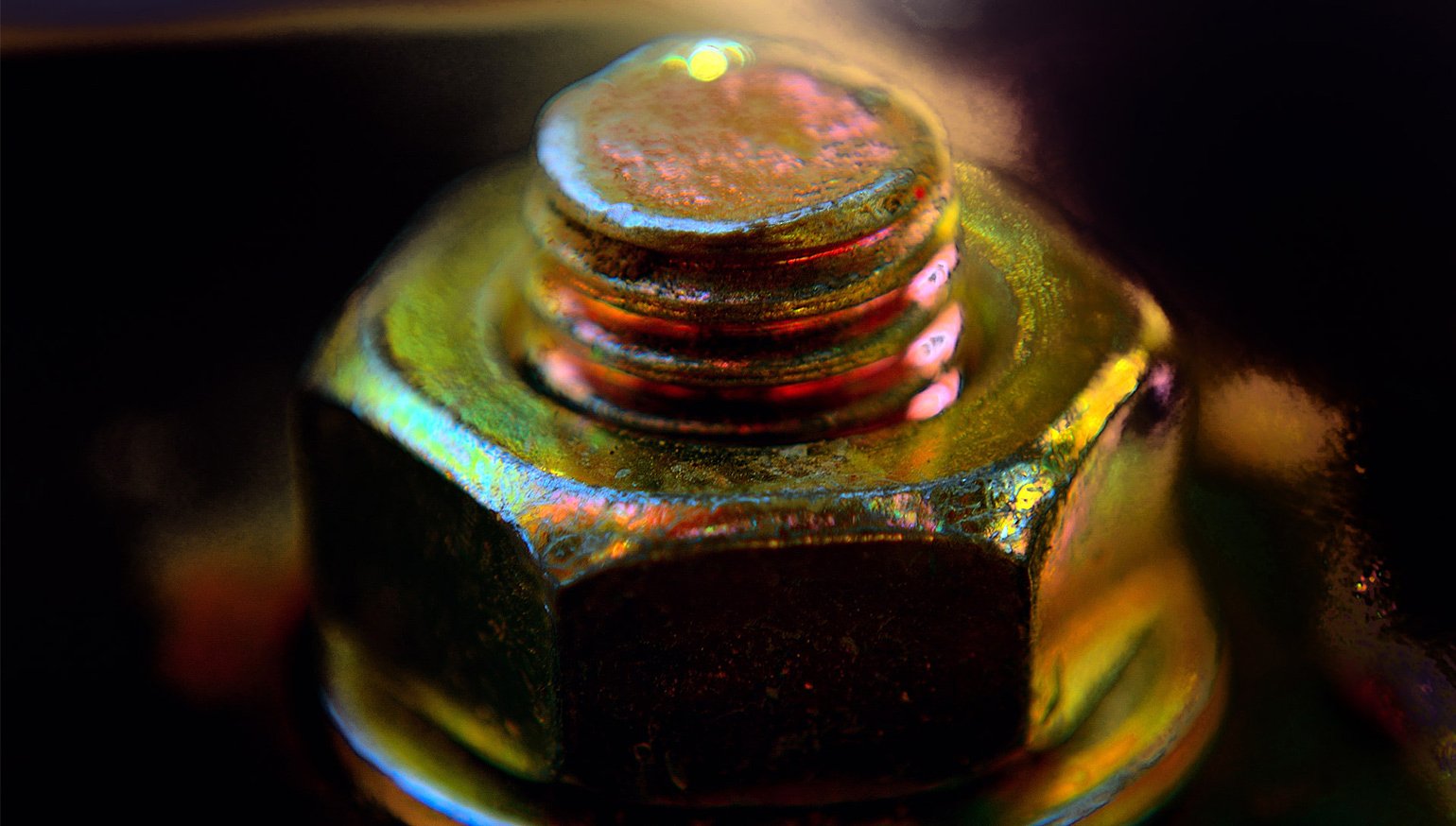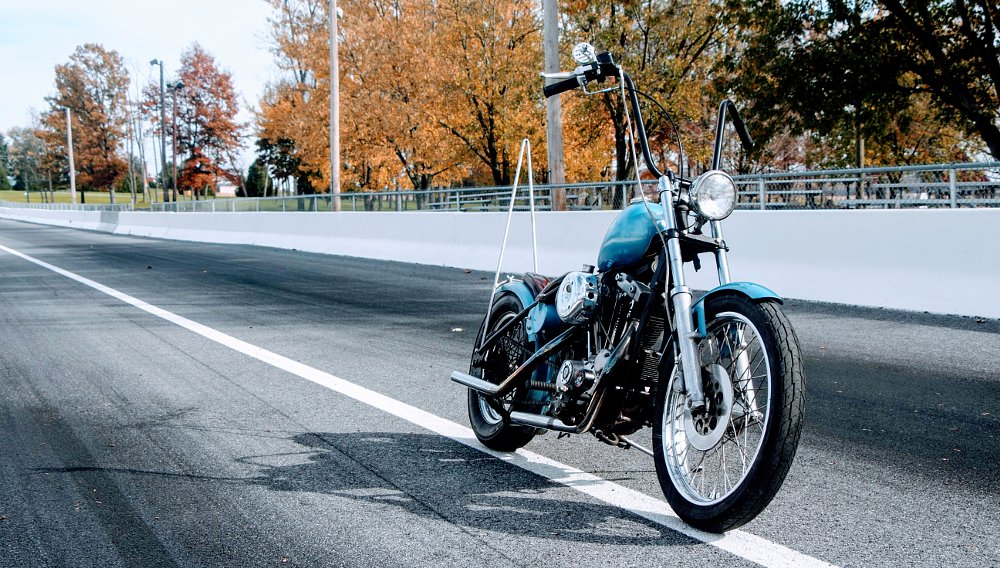I knew a rider who spent the 1980s touring around North America on a big single-cylinder bike. He’d only stop for a few things: places to stay, places to eat, good rollerskating rinks (he kept his skates in a saddlebag), and places that sold Loctite.
Nuts and bolts were constantly coming loose or falling off his motorcycle… including his license plate bolts, just a few blocks from the dealership where he bought it!
His tools filled a WWII-surplus rucksack that he kept strapped to the rear fender, and their bouncing around probably cancelled out some of the tightening he did with them. The loosening bolt phenomenon will be familiar to those of you on thumpers or big twins, although it can happen to any motorcycle. Why does this happen?
It’s not entirely fair to say that the fasteners are working themselves loose. Leave your bike parked and they stay put, right? Instead, it’s the interaction between your bike’s vibrations and the fasteners’ natural frequencies that does the undoing. Expose a threaded fastener to a particular vibration for long enough, and it’ll budge a little, and then a lot, and then you’re wondering where your bolt went. Motorcycles with naturally unbalanced engines, like narrow-angle V-twins or large singles without counterbalancers, generally suffer from more vibration than naturally balanced engines, like the straight sixes found in the BMW K1600s or Honda's old CBXes. Long periods of high-rpm riding often accelerate the loosening.
A German engineer named Gerhard Junker studied the effects of vibration on fasteners back in the late 1960s, and he found that transverse loads (perpendicular to the length of the fastener) were much more likely to shake things loose than axial loads (in line with the bolt). He went on to design a means of testing a fastener’s resistance to vibration, called the Junker test. Drop a fastener in, torque it to your desired setting, and the test machine tortures the fastener with simulated shaking. Researchers can then see what it takes to overcome the fastener’s clamp load. When the clamp load fails, the fastener can no longer do its job, and engineers generally want to find those failure points well before a motorcycle, bridge or skyscraper does.
Wearing lab coats and watching bolts shake themselves loose might sound a bit dry, but that’s why our bikes wear all manner of lock washers, folding tabs, spring washers, jam nuts, lock nuts, castle nuts with cotter pins, rubber isolators, bar end weights, and threadlocking compounds, just to name a few tricks used to keep fasteners fastened. Trackday and race organizers usually take things one step further by requiring safety wire for critical parts like oil filters. And for crucial stuff that must never come apart, well, there’s always crossthreading...
So what can we do to combat loosening bolts that could spill our rollerskate-packed saddlebags onto the freeway at any moment? Get ahead of the problem by following any tightening schedules in your bike’s manual. If the test riders found that some bolts were looking to jump ship every 5,000 miles, your bike probably has the same problem. This goes double for shaky singles and twins. Have that torque wrench handy! Some fasteners may need to be re-torqued after "settling in" during those first few miles.
For troublesome fasteners that just won’t stay put, you’ve got a few options. First, inspect the fasteners themselves. They might be worn, and Loctite claims that a typical bolt may only have 15 percent surface-to-surface contact to begin with. Threadlocking adhesives, like Loctite, come in a massive variety of strengths, so a little forum snooping should find you another rider with the same problem and a liquid solution. Finally, good old safety wire is always an option. You’ll be locking fasteners down like a pro with a little practice and some basic supplies.
For the true faste-nerds out there, here’s an older NASA manual that covers the whole gamut of fastening tech. My favorite section is about the split-ring style of locking washers: "In summary, a Iockwasher of this type is useless for locking.” Dang, NASA, tell us how you really feel.
Loosening fasteners aren’t exactly the greatest danger facing riders today, especially with so many smooth-running bikes available, all designed with a better understanding of vibration’s effect than the pre-Junker days. Long story short: Don’t be late to the roller rink because the right vibes at the wrong time sidelined your bike. Snug up whatever your manual recommends and ride on.








